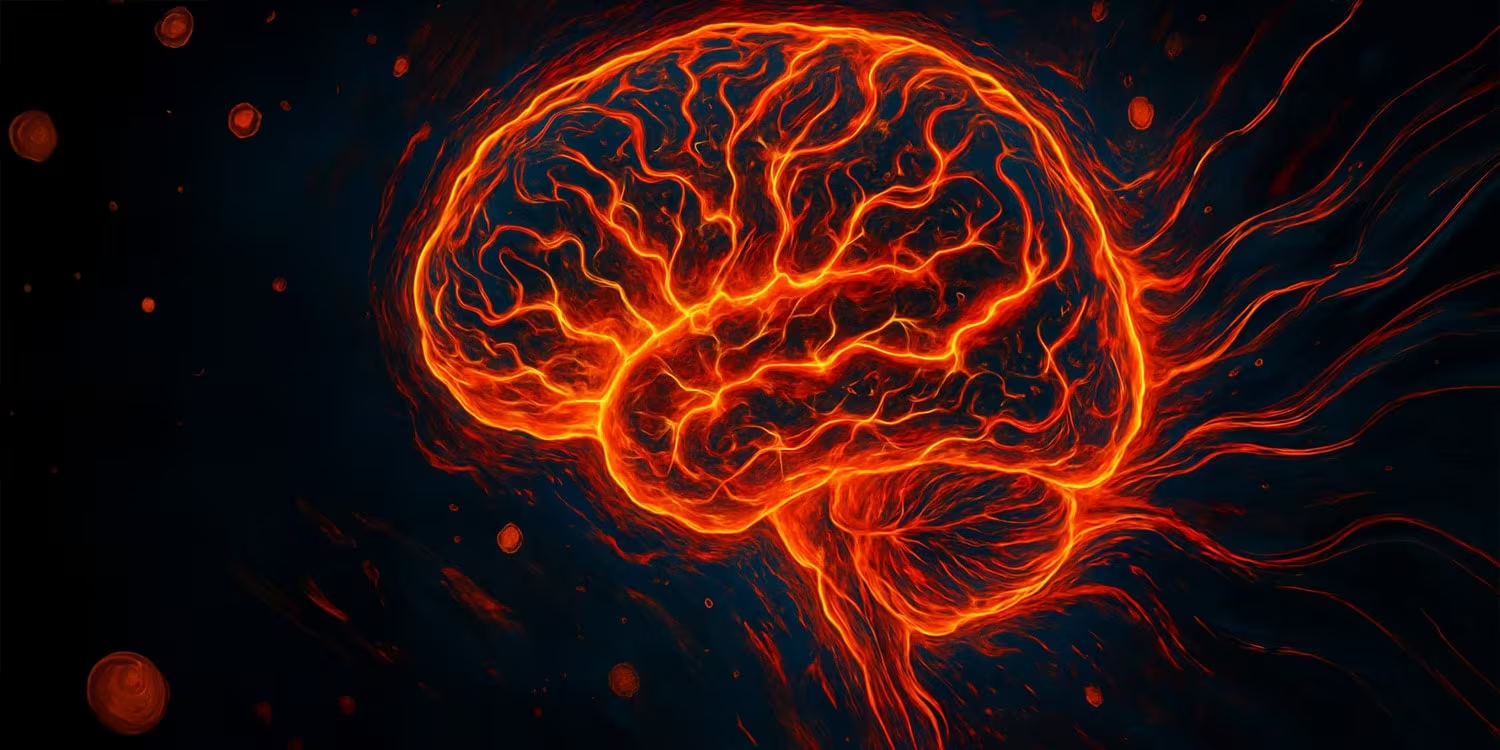Neurobiological Impact of Trauma Detected Before Clinical Symptoms Emerge
A groundbreaking study published in the journal Neuropsychologia reveals that children exposed to significant traumatic events exhibit measurable, subtle differences in brain function related to attention and impulse control, even if they show no outward behavioral signs of distress or clinical disorders like Post-Traumatic Stress Disorder (PTSD).
This research, led by Dr. Keren T. N. D. Regev from the University of Haifa, challenges the traditional view that trauma’s impact is only significant when behavioral symptoms manifest. Instead, it suggests that trauma leaves a neurobiological signature that precedes or exists independently of full-blown mental health issues, highlighting the critical importance of early, preventative intervention.

The Science Behind the Findings: Measuring Cognitive Control
To detect these subtle changes, researchers employed Event-Related Potentials (ERPs), a non-invasive neurophysiological technique that measures the brain’s electrical response to specific sensory, cognitive, or motor events. ERPs provide a highly sensitive measure of the timing and magnitude of brain activity, offering insights into cognitive processing speed and resource allocation.
Methodology: The Go/No-Go Task
The study involved 30 children between the ages of 8 and 12 years. The participants were divided into two groups:
- Trauma-Exposed Group (15 children): These children had experienced significant trauma, such as war, terrorism, severe accidents, or the death of a close relative. Crucially, none of these children met the diagnostic criteria for PTSD or any other clinical psychological disorder at the time of the study.
- Control Group (15 children): Matched for age, gender, and socioeconomic status, these children had no history of significant trauma exposure.
Both groups performed a standard Go/No-Go task, which is designed to measure attention, response speed, and inhibitory control (the ability to stop an automatic response). While performing the task, researchers monitored their brain activity using EEG.
Focusing on the P3 Component
The researchers specifically focused on the P3 component of the ERP waveform. The P3 component is a positive deflection in brain activity that occurs about 300 milliseconds after a stimulus and is widely recognized as a marker of cognitive resource allocation, attention, and working memory updating. Changes in the P3 component indicate how efficiently the brain is processing information and allocating resources for decision-making.
Key Neurobiological Signatures Identified
Despite the trauma-exposed children performing similarly to the control group on the behavioral measures of the Go/No-Go task (meaning they made the same number of errors), their brain activity patterns showed significant, measurable differences.
1. Impaired Inhibitory Control (No-Go Trials)
During the No-Go trials (when the children had to inhibit or stop a response), the trauma-exposed group showed a significantly reduced P3 amplitude compared to the control group. Amplitude reflects the magnitude of the brain’s response—essentially, how much cognitive resource is being dedicated to the task.
- Implication: A reduced P3 amplitude during inhibition suggests that the brains of trauma-exposed children are less efficient at allocating resources for impulse control and behavioral regulation, even if they manage to successfully inhibit the response behaviorally.
2. Slower Processing Speed (Go Trials)
During the Go trials (when the children had to respond quickly), the trauma-exposed group exhibited a significantly longer P3 latency compared to the control group. Latency refers to the time it takes for the brain response to occur.
- Implication: A longer P3 latency suggests slower cognitive processing speed for basic attention and response tasks. The brain is taking longer to register and process the necessary information to initiate a response.

Implications for Early Intervention and Mental Health
These findings carry profound implications for how we understand and treat childhood trauma. The fact that neurobiological changes are present in children who are outwardly functioning normally underscores the concept of subclinical vulnerability.
“The findings highlight the importance of early intervention, even when children appear outwardly fine,” stated Dr. Regev. “If we wait until symptoms are apparent, we may miss a critical window for preventative care.”
The Need for Early Biomarkers
Currently, diagnosis of trauma-related disorders relies heavily on subjective behavioral reports and clinical observation. This study suggests that ERPs, specifically the P3 component, could potentially serve as an objective, non-invasive biomarker for identifying children who are at high neurobiological risk following trauma exposure.
Identifying these subtle changes early could allow clinicians to implement targeted, preventative interventions focused on strengthening cognitive control and emotional regulation skills before the neurobiological strain translates into severe, persistent behavioral or emotional disorders.
Key areas where early intervention could be focused:
- Cognitive Training: Exercises designed to improve working memory and attention allocation.
- Inhibitory Control Strategies: Teaching coping mechanisms to manage impulses and emotional reactivity.
- Stress Reduction Techniques: Implementing mindfulness or relaxation practices to mitigate the neurobiological effects of chronic stress.
Connecting to Broader Research
This research aligns with the growing body of evidence surrounding Adverse Childhood Experiences (ACEs), which links early life stress and trauma to long-term health and cognitive deficits. By providing a neurobiological mechanism—impaired resource allocation and processing speed—this study offers a concrete explanation for how trauma exposure, even when seemingly resolved, continues to affect the fundamental architecture of the developing brain.
Key Takeaways for Parents and Professionals
This study reinforces the necessity of viewing childhood trauma through a neurodevelopmental lens. The key takeaways are:
- Hidden Impact: Trauma can alter a child’s brain function related to attention and impulse control, even if the child does not meet criteria for PTSD or show obvious behavioral problems.
- Subtle Changes: These changes manifest as reduced P3 amplitude (less efficient impulse control) and longer P3 latency (slower processing speed).
- Biomarker Potential: ERPs offer a promising, objective tool for identifying children at neurobiological risk following trauma exposure.
- Prevention is Key: Early intervention, targeted at strengthening cognitive control functions, is crucial to prevent subclinical changes from escalating into clinical disorders later in life.
Conclusion
The work by Dr. Regev and her team provides compelling evidence that the effects of trauma are deeply embedded in the neurobiological systems responsible for executive function. By demonstrating that the brain carries a measurable signature of trauma regardless of immediate behavioral outcomes, the study pushes the field toward proactive, rather than reactive, mental health care. Moving forward, integrating objective neurophysiological measures like ERPs into clinical assessments could revolutionize preventative care for vulnerable children, ensuring support is provided during the critical window of neurodevelopment.
Original author: Eric W. Dolan
Originally published: November 9, 2025
Editorial note: Our team reviewed and enhanced this coverage with AI-assisted tools and human editing to add helpful context while preserving verified facts and quotations from the original source.
We encourage you to consult the publisher above for the complete report and to reach out if you spot inaccuracies or compliance concerns.

